Pickups and cutaways: Modern variations on the classical guitar
Pickups
To allow them to be played (and heard) on stage, many manufacturers now offer classical guitars equipped with a pickup system. Instruments initially built without such a system can of course also be retrofitted with one later on. Pickup systems for classical guitars typically employ a so-called "piezo" element, which sits under the bridge saddle. Many instruments also have a built-in control unit to allow the player to adjust the preamp's EQ settings, and this frequently includes a tuner as well. Once the pickup system has converted the vibration of the strings into an electrical signal, this can be amplified using a suitable acoustic guitar amplifier or PA system.
Cutaway
A cutaway is an indentation in the body of a guitar that is located at the transition between neck and body and gives the player better access to the upper registers of the fingerboard.
Electric guitars generally have one cutaway below the neck and often a second cutaway above the neck as well, while steel acoustic guitars with cutaways have also become increasingly common over the last few years. Cutaways are a much rarer sight in the field of classical guitars, however, and tend to be found only on modern instruments that are not intended to be played in the traditional manner.
Nut width
Classical guitars are built with a wider nut than steel acoustic and electric guitars, which in consequence makes the fingerboard wider. A typical classical guitar nut is between 48mm and 52mm wide, though some more modern variants also come with a narrower nut that will make it easier for players to make the transition to steel acoustic or electric guitar.
Important classical guitar accessories
A suitable foot rest, which is height-adjustable and can be folded flat for transportation, is an essential accessory for classical guitar players in order to ensure the correct playing posture.
The Ergoplay support has gained popularity as an ergonomic alternative to the traditional foot rest over the last few years. It is attached to the lower side of the guitar's body using three suction cups and rests on the player's thigh. The Ergoplay is available in different versions and in a range of different sizes.
The Dynarette cushion is designed with the same principle in mind as the Ergoplay support and is also placed on the player's thigh. Its rounded upper side is shaped to fit under the waist of the guitar. The Dynarette cushion is available in two different sizes.
A tuner is an integral part of any guitarist's basic equipment. So-called "clip tuners", which as their name suggests are clipped onto the instrument's headstock, provide a practical and space-saving option. Standard tuners on the other hand provide a larger and more legible display and often come with additional features, such as a metronome.
To ensure that that new guitar stays safe when not being played, we recommend picking up a suitable guitar stand to go with it. And players who own multiple guitars can also find a range of practical stands in the Thomann store.

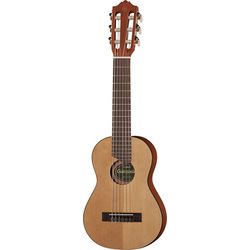
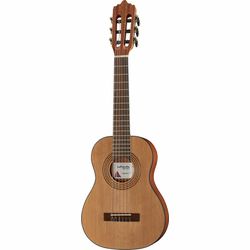
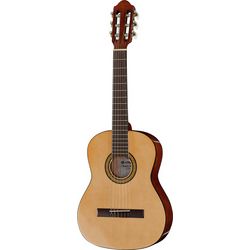

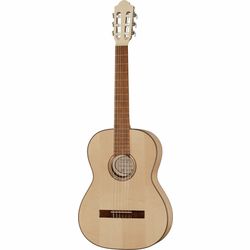
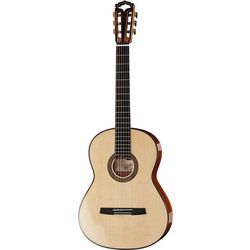
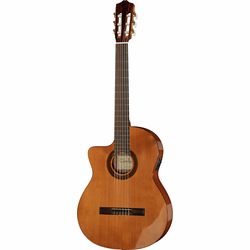
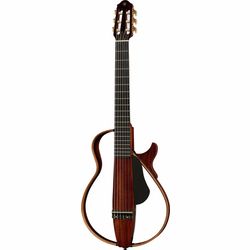
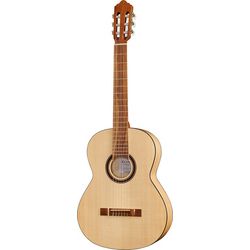
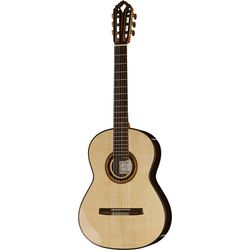
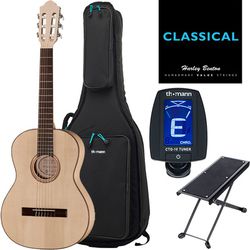








)
)
)